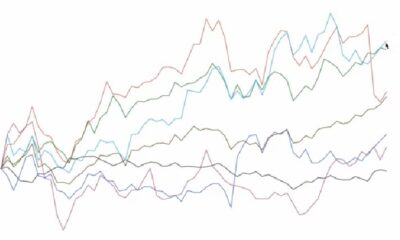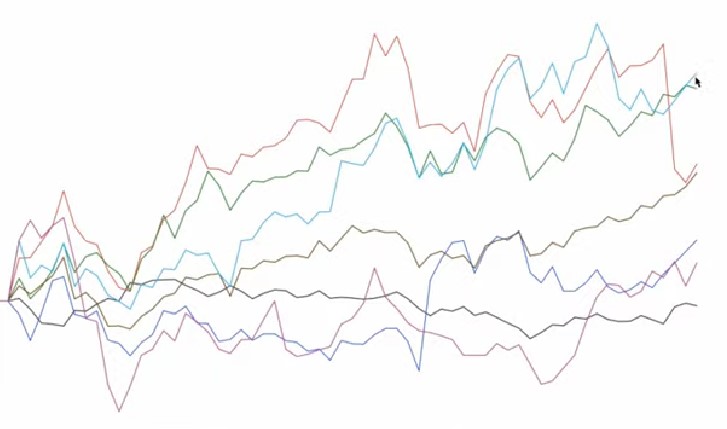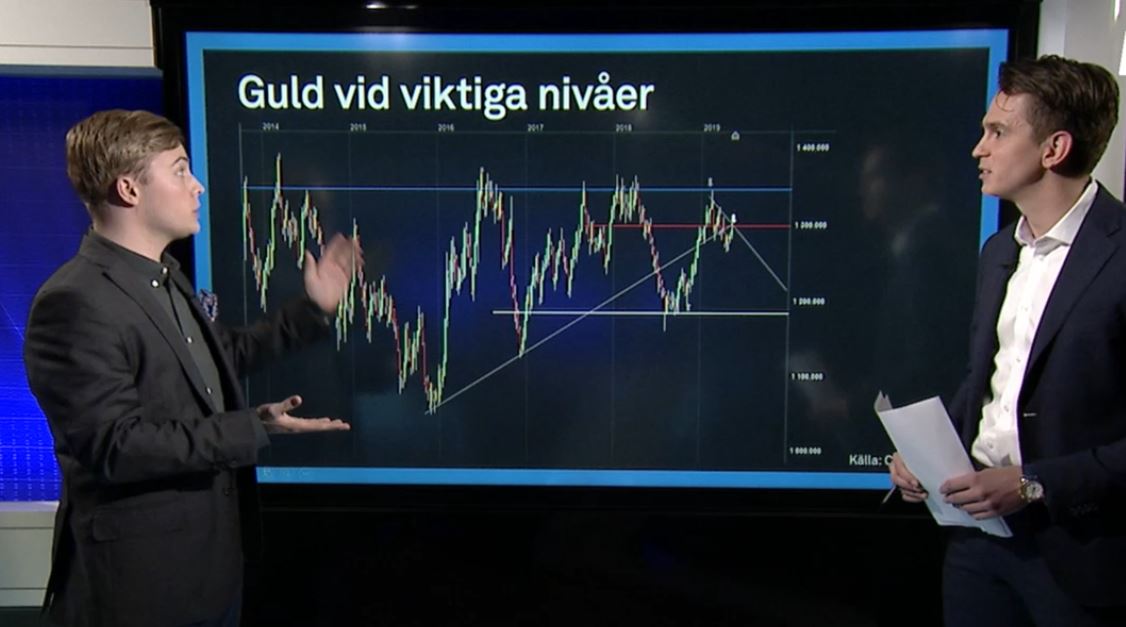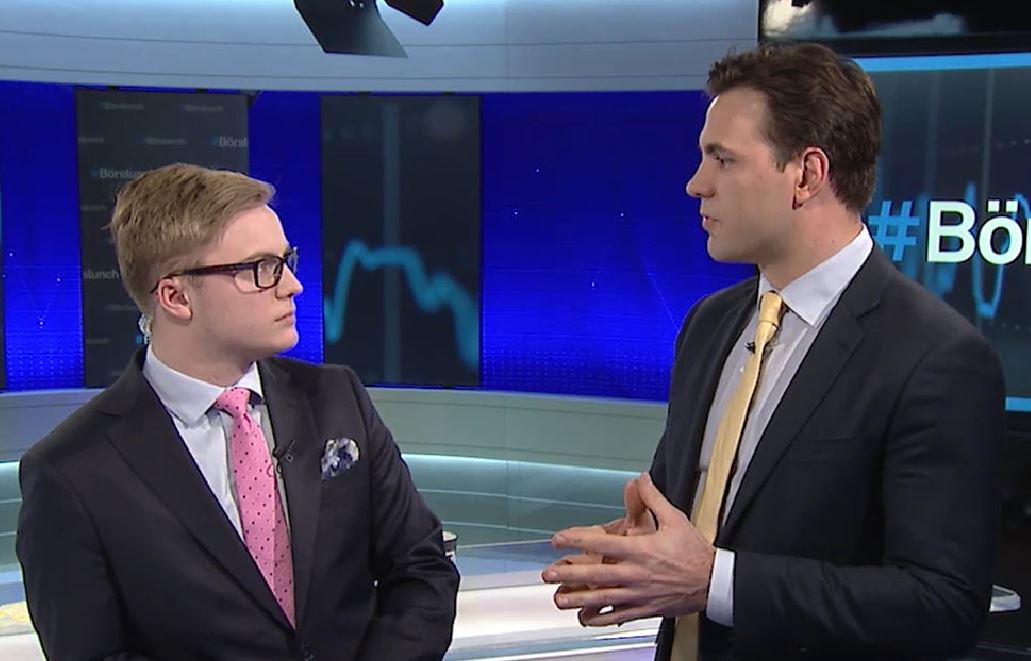Analys från DailyFX
USD/JPY Technical Analysis: Swing Chart Showing Pull Back Developing
Talking Points:
- USD/JPY Technical Strategy: breakdown below H4 Ichimoku Cloud is ST worrisome for Bulls
- Macro factors continue to support uptrend and institutions may provide new USD/JPY bids
- Yen Gains On Upbeat Bank of Japan Summary
Our last piece highlighted the surprising outright political focus that Japan’s Chief Cabinet Secretary Yoshihide Suga gave to the JPY, which seemed to renew the Currency War rhetoric. A currency war develops when governments and central banks target currency levels for economic gain or a comparative advantage to other economies.
USD/JPY has been nearly vertical since the outcome of the US Presidential election aligned so cleanly with the Yield Curve Control measures introduced by the BoJ. The November-December range so far has been ~17.25%. Given the sharp rise, the uptrend is anticipated to resume in early 2017. However, we’ve had a break below swing support of the H4 Ichimoku cloud that could show there is more JPY strength in the near-term. Earlier, we noted that the zone of support worth watching in this strong uptrend was the December 19 low of 116.56 and the August 24, 2015, low of 116.08. Thursday’s price action brings us within these levels with an intraday low of 116.23.
As James Stanley recently pointed out, a move to this clear support should bring out the long-term buyers and believers in higher USD/JPY. If buyers do not show up, a further breakdown will open up the 23.6% 38.2% retracement created from the post-election ~17.25% range in USD/JPY.
The resistance worth watching and we anticipate being hit begins with the August 24, 2015, close of 118.275 as well as the confluence of resistance that combines the Trendline off of intraday highs going back to the June 2015 high of 125.85 as well as Fibonacci expansions that extend toward 120.759.
The final upward resistance worth watching over coming weeks should USD strength, or JPY weakness resume isthe 2016 intra-day high that took place on January 29 when the Bank of Japan introduced negative interest rates. While the initial announcement led to a high of 121.627, the JPY would go on to strengthen by over 20% in the following months.
H4 USD/JPY Chart: USD/JPY Breaks Below Ichimoku Cloud, Tests Prior Resistance
Chart Created by Tyler Yell, CMT, Courtesy of TradingView
Shorter-Term USD/JPY Technical Levels: December 29, 2016
For those interested in shorter-term levels of focus than the ones above, these levels signal important potential pivot levels over the next 48-hours.

Analys från DailyFX
EURUSD Weekly Technical Analysis: New Month, More Weakness
What’s inside:
- EURUSD broke the ‘neckline’ of a bearish ‘head-and-shoulders’ pattern, April trend-line
- Resistance in vicinity of 11825/80 likely to keep a lid on further strength
- Targeting the low to mid-11600s with more selling
Confidence is essential to successful trading, see this new guide – ’Building Confidence in Trading’.
Coming into last week we pointed out the likelihood of finally seeing a resolution of the range EURUSD had been stuck in for the past few weeks, and one of the outcomes we made note of as a possibility was for the triggering of a ’head-and-shoulders’ pattern. Indeed, we saw a break of the ’neckline’ along with a drop below the April trend-line. This led to decent selling before a minor bounce took shape during the latter part of last week.
Looking ahead to next week the euro is set up for further losses as the path of least resistance has turned lower. Looking to a capper on any further strength there is resistance in the 11825-11880 area (old support becomes new resistance). As long as the euro stays below this area a downward bias will remain firmly intact.
Looking lower towards support eyes will be on the August low at 11662 and the 2016 high of 11616, of which the latter just happens to align almost precisely with the measured move target of the ‘head-and-shoulders’ pattern (determined by subtracting the height of the pattern from the neckline).
Bottom line: Shorts look set to have the upperhand as a fresh month gets underway as long as the euro remains capped by resistance. On weakness, we’ll be watching how the euro responds to a drop into support levels.
For a longer-term outlook on EURUSD, check out the just released Q4 Forecast.
EURUSD: Daily
—Written by Paul Robinson, Market Analyst
You can receive Paul’s analysis directly via email bysigning up here.
You can follow Paul on Twitter at@PaulRobinonFX.
Analys från DailyFX
Euro Bias Mixed Heading into October, Q4’17

Why and how do we use IG Client Sentiment in trading? See our guide and real-time data.
EURUSD: Retail trader data shows 37.3% of traders are net-long with the ratio of traders short to long at 1.68 to 1. In fact, traders have remained net-short since Apr 18 when EURUSD traded near 1.07831; price has moved 9.6% higher since then. The number of traders net-long is 15.4% lower than yesterday and 16.4% higher from last week, while the number of traders net-short is 0.4% higher than yesterday and 10.5% lower from last week.
We typically take a contrarian view to crowd sentiment, and the fact traders are net-short suggests EURUSD prices may continue to rise. Positioning is more net-short than yesterday but less net-short from last week. The combination of current sentiment and recent changes gives us a further mixed EURUSD trading bias.
— Written by Christopher Vecchio, CFA, Senior Currency Strategist
To contact Christopher Vecchio, e-mail cvecchio@dailyfx.com
Follow him on Twitter at @CVecchioFX
To be added to Christopher’s e-mail distribution list, please fill out this form
Analys från DailyFX
British Pound Reversal Potential Persists Heading into New Quarter

Why and how do we use IG Client Sentiment in trading? See our guide and real-time data.
GBPUSD: Retail trader data shows 38.2% of traders are net-long with the ratio of traders short to long at 1.62 to 1. In fact, traders have remained net-short since Sep 05 when GBPUSD traded near 1.29615; price has moved 3.4% higher since then. The number of traders net-long is 0.1% higher than yesterday and 13.4% higher from last week, while the number of traders net-short is 10.6% lower than yesterday and 18.3% lower from last week.
We typically take a contrarian view to crowd sentiment, and the fact traders are net-short suggests GBPUSD prices may continue to rise. Yet traders are less net-short than yesterday and compared with last week. Recent changes in sentiment warn that the current GBPUSD price trend may soon reverse lower despite the fact traders remain net-short.
— Written by Christopher Vecchio, CFA, Senior Currency Strategist
To contact Christopher Vecchio, e-mail cvecchio@dailyfx.com
Follow him on Twitter at @CVecchioFX
To be added to Christopher’s e-mail distribution list, please fill out this form
-
Analys från DailyFX10 år ago
EUR/USD Flirts with Monthly Close Under 30 Year Trendline
-
Marknadsnyheter5 år ago
BrainCool AB (publ): erhåller bidrag (grant) om 0,9 MSEK från Vinnova för bolagets projekt inom behandling av covid-19 patienter med hög feber
-

 Marknadsnyheter3 år ago
Marknadsnyheter3 år agoUpptäck de bästa verktygen för att analysera Bitcoin!
-
Analys från DailyFX12 år ago
Japanese Yen Breakout or Fakeout? ZAR/JPY May Provide the Answer
-

 Marknadsnyheter2 år ago
Marknadsnyheter2 år agoDärför föredrar svenska spelare att spela via mobiltelefonen
-
Analys från DailyFX12 år ago
Price & Time: Key Levels to Watch in the Aftermath of NFP
-
Analys från DailyFX8 år ago
Gold Prices Falter at Resistance: Is the Bullish Run Finished?
-
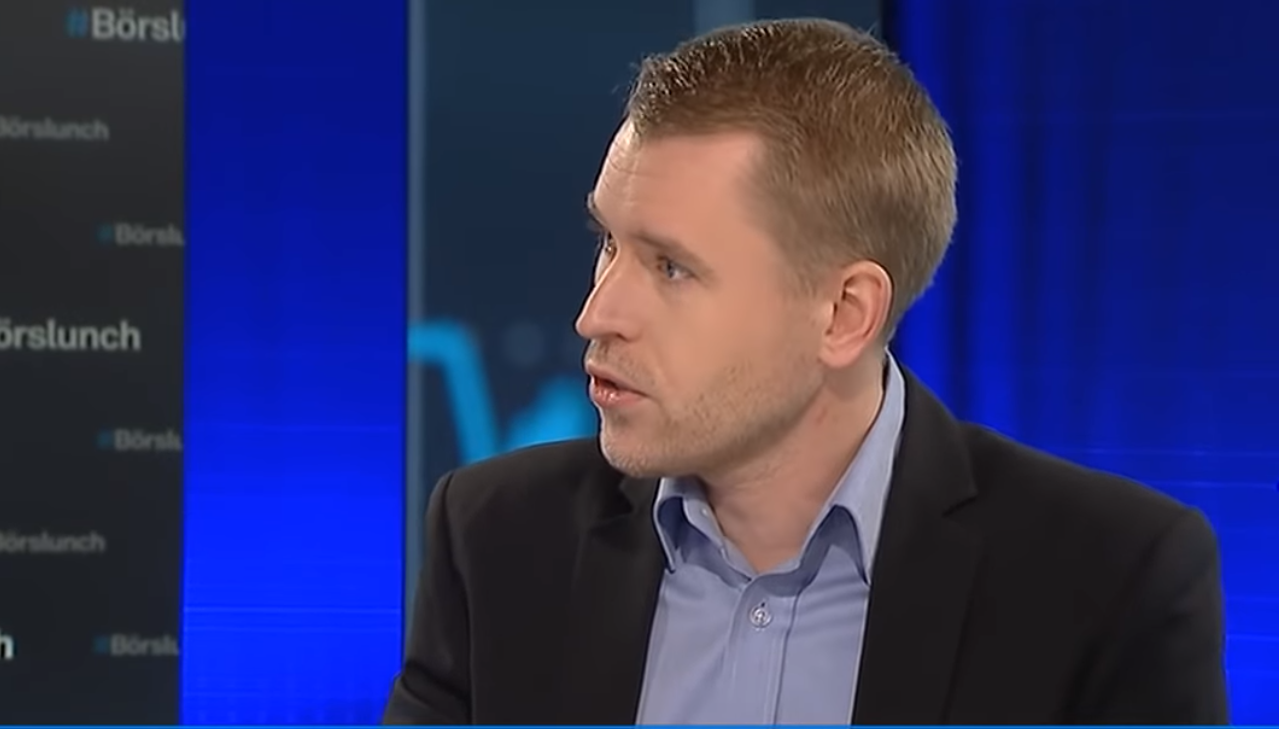
 Nyheter7 år ago
Nyheter7 år agoTeknisk analys med Martin Hallström och Nils Brobacke





